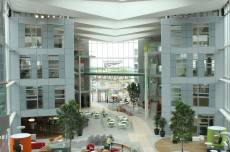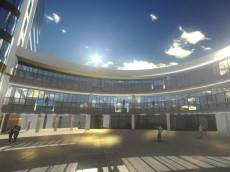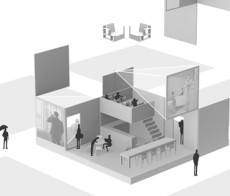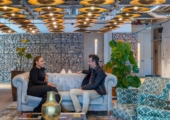March 10, 2014
The workplace of the future is one founded on uncertainty
 We now know for a fact that the good people at the UK Commission for Employment and Skills take heed of what they read on Workplace Insight. After Simon Heath recently eviscerated the idea of the year 2020 as a useful marker for the ‘future’, a new report from the UKCES draws its line in the sand a bit further on in 2030. It means they can’t have a ‘2020 Vision’ and for that we should be very thankful. Yet the report still falls into the same traps that are always liable to ensnare any prognosis about the workplace of the future, notably that some of the things of which they talk have happened or are happening already. Then there’s the whole messy business of deciding what will emerge from the chaos; a bit like predicting the flavour of the soup you are making when a hundred other cooks are secretly adding their own ingredients.
We now know for a fact that the good people at the UK Commission for Employment and Skills take heed of what they read on Workplace Insight. After Simon Heath recently eviscerated the idea of the year 2020 as a useful marker for the ‘future’, a new report from the UKCES draws its line in the sand a bit further on in 2030. It means they can’t have a ‘2020 Vision’ and for that we should be very thankful. Yet the report still falls into the same traps that are always liable to ensnare any prognosis about the workplace of the future, notably that some of the things of which they talk have happened or are happening already. Then there’s the whole messy business of deciding what will emerge from the chaos; a bit like predicting the flavour of the soup you are making when a hundred other cooks are secretly adding their own ingredients.





























March 18, 2014
What the UK regional divide can teach us about the way we design offices
by Mark Eltringham • Comment, Facilities management, Workplace design
More →